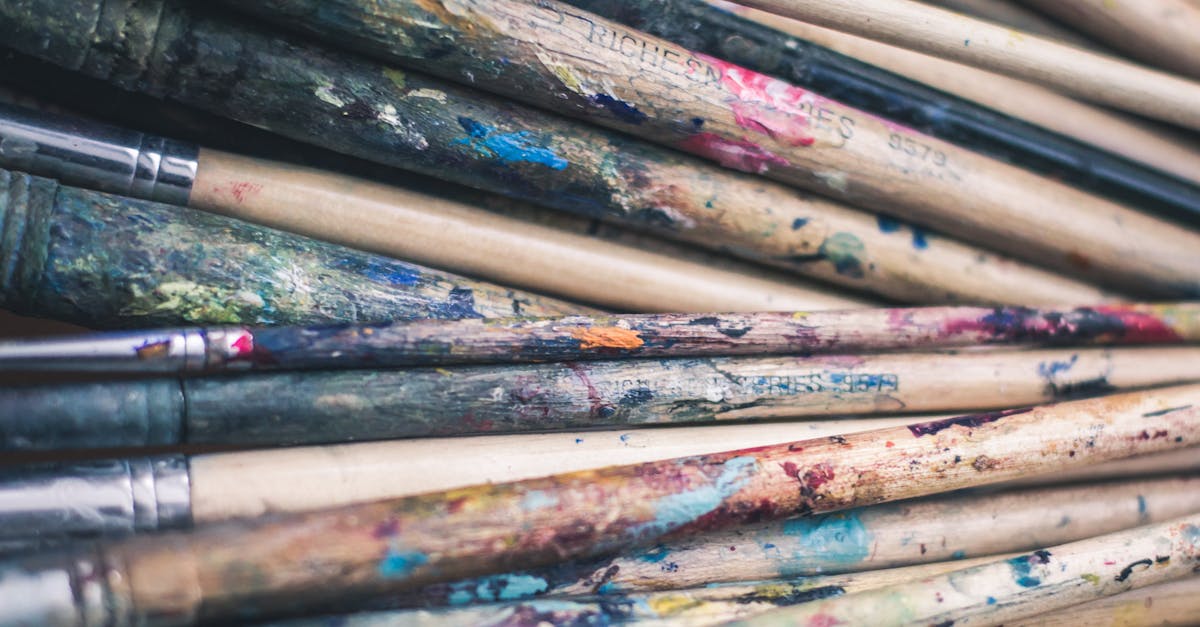Watercolor painting is a captivating and expressive art form that allows artists to create stunning works that capture the fluidity and transparency of water. Whether you’re a seasoned painter or just starting out, mastering the medium of watercolors requires a deep understanding of its unique properties and techniques. In this article, we will explore some important strategies for painting with watercolors, focusing on key concepts that will help you unlock the full potential of this versatile medium.
1. Understanding the Nature of Watercolors:
Watercolors are a unique medium that relies on the transparency and fluidity of water to create luminous and vibrant paintings. Unlike opaque mediums like oil or acrylic, watercolors are translucent, allowing light to pass through the paint layer and reflect off the white surface of the paper. This quality gives watercolors their distinctive luminosity and allows artists to create delicate washes and subtle gradations of color.
2. Use High-Quality Materials:
When working with watercolors, it is essential to use high-quality materials to achieve the best results. Invest in professional-grade paints, brushes, and paper to ensure that your colors are vibrant and your brushstrokes flow smoothly. Quality materials will also enhance the longevity of your paintings, ensuring that they retain their brilliance over time.
3. Master Wet-on-Wet and Wet-on-Dry Techniques:
Two fundamental techniques in watercolor painting are wet-on-wet and wet-on-dry. Wet-on-wet involves applying wet paint onto a wet surface, creating soft blends and diffuse edges. Wet-on-dry, on the other hand, involves applying wet paint onto a dry surface, yielding sharper lines and details. By mastering these techniques, you can create a wide range of effects in your watercolor paintings, from delicate washes to bold strokes.
4. Embrace the Unpredictability of Watercolors:
One of the beauty of painting with watercolors is its unpredictability. The interplay of water and pigment on the paper can lead to serendipitous effects and happy accidents that add a unique charm to your paintings. Embrace the fluid nature of watercolors and allow yourself to experiment and explore different techniques to discover new possibilities in your work.
5. Practice Patience and Layering:
Building layers is key to creating depth and richness in watercolor paintings. Allow each layer to dry thoroughly before applying the next to prevent colors from bleeding together. By patiently building up layers of transparent washes, you can achieve luminous effects and intricate details in your artwork.
In conclusion, mastering the art of watercolor painting requires a combination of technical skill, creativity, and a willingness to experiment. By understanding the unique properties of watercolors, using high-quality materials, mastering essential techniques, embracing unpredictability, and practicing patience and layering, you can create exquisite watercolor paintings that capture the beauty and fluidity of this captivating medium. So pick up your brushes, dive into the world of watercolors, and let your creativity flow!
Would you like me to add anything else to the article or focus on any specific aspect further?


